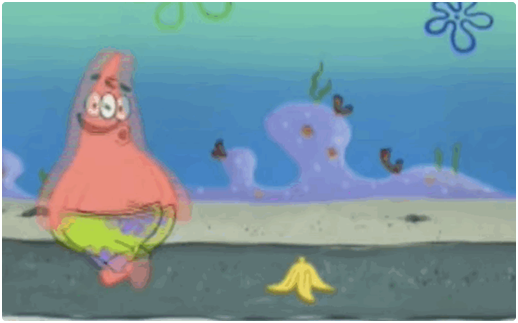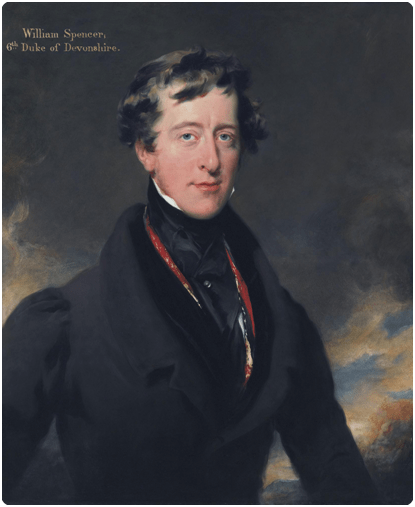Have you ever wondered why all banana-flavored products (gum, candy, yogurt and pudding) are completely different from the banana we are used to? The monotonous, oversweetened profile is only vaguely reminiscent of the banana you snack on at lunch, and that's only if you prefer overripe bananas with spots on the skin.
At first glance, the reason for this alienation is the origin of aromatics - unnatural flavors (artificial, identical to natural ones). They are often criticized for their unnaturalness. But often many of them turn out to be much closer to the standard than their natural counterparts.
In fact, this incredible aromatic flavor was copied not from the banana we are used to, but from its long-standing predecessor.
At the dawn of the food flavoring industry, the main variety of bananas sold was “Gros Michel” (“Big Mike”) , so it was the one that flavorists of those times took as the standard.
This variety was distinguished by its intense sweet aroma, high sugar content, high resistance to temperature changes and mechanical stress, and extremely slippery skin. Next time you eat a banana, close your eyes and try to imagine the aroma of banana gum - something like what Gros Michel tasted like, only sweeter.

For many years, the variety was the most widespread and, accordingly, the best-selling throughout the world. At least that was the case until a fungus known as Panama Disease spread throughout major banana plantations in the early 20th century. The fact is that banana palm trees are faster and cheaper to propagate by cloning, but on the other hand, the risk of an epidemic increases. As a result, Gros Michel was faced with a threat to which it had neither immunity nor time to develop it. From 1920 to 1950, a single-celled scoundrel almost completely destroyed the Gros Michel*.
* Few copies of Gros Michel remain in private ownership, but they are also permanently under threat of extinction.
To compensate for the shortage, planters began urgently cultivating a variety called Cavendish , which was resistant to the fungus but had relatively weak characteristics compared to Gros Michel.
Cavendish bananas were named after William Cavendish, 6th Duke of Devonshire. Around 1834, he received a gift of some bananas from Mauritius, which his gardener then began to cultivate in greenhouses.

Perhaps when your grandmother says that everything was better before: the grass was greener and the bananas tastier, at least she is right about one thing. However, today for the vast majority of people the standard of banana taste and aroma is Cavendish, which introduces some misunderstanding or even rejection of the aroma of Gros Michel.
Unfortunately, not long ago information appeared that the fungus that destroyed the Gros Michel has mutated and has now taken over the Cavendish, which has also been propagated by cloning for the last 70 years. They say there is no replacement, but flavors are here to stay.
Author of the article: Thomas Raby, leading mixologist of the Pinch&Drop and CODE brands
















































/https%3A%2F%2Fcomplexbar.com%2Fimages%2Fblog%2F132%2Fsyrop-banan.jpg)
/https%3A%2F%2Fcomplexbar.com%2Fimages%2Fblog%2F246%2Fsirop_scale_2400.jpeg)
/https%3A%2F%2Fcomplexbar.com%2Fimages%2Fblog%2F246%2Fkofe-vostochniy.jpg)
/https%3A%2F%2Fcomplexbar.com%2Fimages%2Fblog%2F245%2Fpexels-jason-villanueva-851555.jpg)
/https%3A%2F%2Fcomplexbar.com%2Fimages%2Fblog%2F246%2F2024-04-09_17.22.54.jpg)
/https%3A%2F%2Fcomplexbar.com%2Fimages%2Fblog%2F246%2F2024-04-09_17.22.47.jpg)
/https%3A%2F%2Fcomplexbar.com%2Fimages%2Fblog%2F246%2FCODE_anons_foamydrops_752%D1%85480_eng.jpg)
/https%3A%2F%2Fcomplexbar.com%2Fimages%2Fblog%2F246%2FAlina_752%D1%85480_eng.jpg)
/https%3A%2F%2Fcomplexbar.com%2Fimages%2Fblog%2F246%2F2024-04-09_17.23.22.jpg)
/https%3A%2F%2Fcomplexbar.com%2Fimages%2Fblog%2F246%2F2024-04-09_17.23.28.jpg)
/https%3A%2F%2Fcomplexbar.com%2Fimages%2Fblog%2F246%2F2024-04-09_17.23.35.jpg)
/https%3A%2F%2Fcomplexbar.com%2Fimages%2Fblog%2F246%2Fdrinksome_752%D1%85480_eng.jpg)
/https%3A%2F%2Fcomplexbar.com%2Fimages%2Fblog%2F246%2Fnude_752%D1%85480_eng.jpg)
/https%3A%2F%2Fcomplexbar.com%2Fimages%2Fblog%2F246%2F752%D1%85480_eng__1_.jpg)
/https%3A%2F%2Fcomplexbar.com%2Fimages%2Fblog%2F246%2F752%D1%85480_eng.jpg)
/https%3A%2F%2Fcomplexbar.com%2Fimages%2Fblog%2F246%2FStudioRaw_752%D1%85480_eng.jpg)
/https%3A%2F%2Fcomplexbar.com%2Fimages%2Fblog%2F246%2FDoppio_tea_752%D1%85480_eng.jpg)
/https%3A%2F%2Fcomplexbar.com%2Fimages%2Fblog%2F246%2FTognana_Stars_Stripes_752%D1%85480_eng.jpg)
/https%3A%2F%2Fcomplexbar.com%2Fimages%2Fblog%2F246%2FRona_752%D1%85480_eng.jpg)
/https%3A%2F%2Fcomplexbar.com%2Fimages%2Fblog%2F246%2FDoppio_vending_752%D1%85480_eng.jpg)
/https%3A%2F%2Fcomplexbar.com%2Fimages%2Fblog%2F246%2FEssence_sukhie_smesi_752%D1%85480_eng.jpg)
/https%3A%2F%2Fcomplexbar.com%2Fimages%2Fblog%2F246%2FODK_sukhie_smesi752%D1%85480_eng.jpg)
/https%3A%2F%2Fcomplexbar.com%2Fimages%2Fblog%2F246%2Funiforma-barmena.jpg)
/https%3A%2F%2Fcomplexbar.com%2Fimages%2Fblog%2F246%2Fkak-nanyat-barmena.jpg)
/https%3A%2F%2Fcomplexbar.com%2Fimages%2Fblog%2F246%2Fsirop_scale_2400.jpeg)
/https%3A%2F%2Fcomplexbar.com%2Fimages%2Fblog%2F246%2FPeugeot_Anons_Paris_U%27Select_Line_Daman_752%D1%85480_eng.jpg)
/https%3A%2F%2Fcomplexbar.com%2Fimages%2Fblog%2F246%2Fkofe-vostochniy.jpg)
/https%3A%2F%2Fcomplexbar.com%2Fimages%2Fblog%2F246%2FMadler.jpg)
/https%3A%2F%2Fcomplexbar.com%2Fimages%2Fblog%2F246%2Fprofbartender_glavn.jpeg)